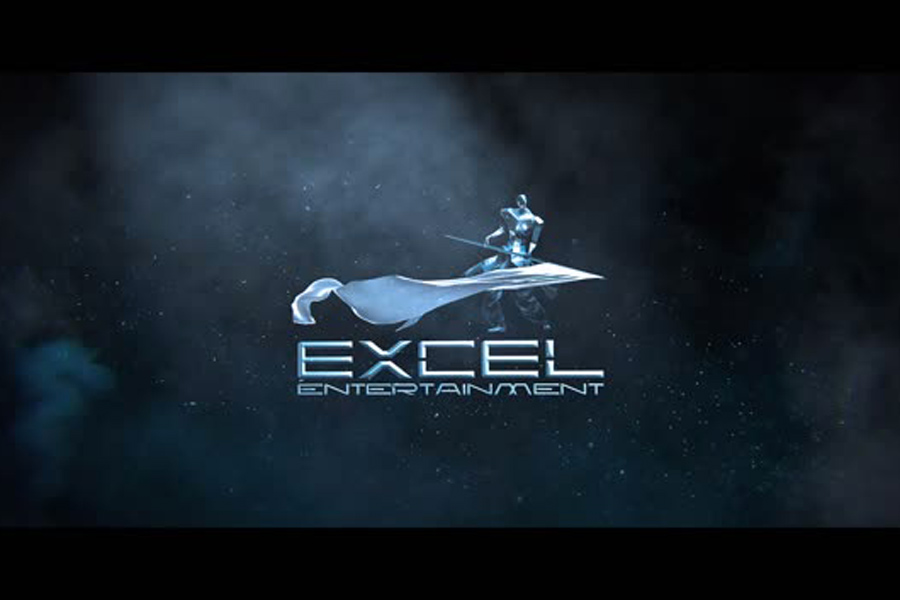Cinema Marte Dum Tak, a potent look at the B-grade Hindi cinema industry of the ’80s and ’90s through the eyes, and most importantly, the craft of a few directors who defined that genre of film-making in Bollywood, has been grabbing eyeballs and winning praise ever since it dropped on Amazon Prime Video last week.
The six-episode docu-series is created by Vasan Bala, the man behind quirky fare like Mard Ko Dard Nahi Hota and the recent hit Monica, O My Darling. The Telegraph chat.

Vasan Bala
Cinema Marte Dum Tak has been making a lot of positive noise ever since it dropped. What’s the most encouraging thing you have heard so far?
It’s very heartwarming because people have connected to the series at an emotional level. They have seen the human side, which was the endeavour we started this with. This is not a spoof or a ‘hahaha’ kind of a look at the pulpy movies. It is not about their silliness, it’s about the people behind the art and the entertainment. The focus of the series was always about keeping our perspectives in the background. I was really happy that we could retain that vision all through, and also manage to connect with people in some form.
With a show like this, there is always the danger that people will think it’s very niche. There was always the thought, ‘Who is going to watch B-movies? Who is going to watch a show about the people who made them?’ It’s been five days since release, and people have really taken to the show so far.
The idea always was to present these film-makers and present their craft, but never judge them, right?
Absolutely! That was really important because through any prism, once we get in our judgments, then it just becomes more of a debate... the easiest route to take is to call out these directors, or to dismiss the kind of films they made. We wanted to stay away from that. The idea was to bring them to the foreground and let them speak unfiltered, just like they do in their daily lives, and make this an honest and humane representation of them. More than sympathy, we felt that empathy was important in the making of a series like this.
We may criticise them and make fun of them. And yet we have all watched and enjoyed these kinds of films.... At various points, we have been amused by them, intrigued by them, made curious by them and maybe discarded them... but these films have always been in our peripheral vision, right? You have walked by the posters of these films plastered on the walls of cinema halls that you will never go into.
But one can’t ever deny that there was a market that existed, there was a time when they made an impact and also made a lot of money and were reaching out to a certain section of the audience that was starved for content like this. It’s an interesting time that we have tried to capture.
As you said, they still remain a part of our subconscious. For a long time, for people like you and me who are of a certain vintage, horror in Hindi films was synonymous with the Ramsay brothers and Kanti Shah is a ‘legend’ for many...
Exactly! A lot of credit goes to the Internet in bringing Kanti Shah to the forefront because many years ago, when Orkut first came into being, a few IITians started talking about Gunda (directed by Kanti Shah and starring Mithun Chakraborty) and that spread to Facebook and that’s how Gunda became this cult film.
There are so many forums online that talk extensively about these films and these directors. There is a cult that follows them, tries to source their VCDs.... With this show, we are very happy that a conversation has begun again, at a slightly more mainstream level. If nothing else, it at least acknowledges their presence.
What made you zoom in on these four directors? I was reading somewhere that given the kind of criticism and stinkeye they have faced through their careers, they were very apprehensive to come on board a show like this....
Our research head Pritesh Srivastava put out the names of 50 film-makers who made films in this genre. He got their contacts, dug them out of obscurity.... A lot of them were very suspicious of us and didn’t want to come in the foreground for whatever fears they had of their past catching up.
Then we filtered it down to the people who we had access to or at least showed interest. Some people have sold their life rights to other film-makers and they weren’t accessible. We finally narrowed it down to this group (Vinod Talwar, J Neelam, Kishen Shah and Dilip Gulati) who were willing, and had their individualistic stories which were chalk and cheese from each other. They were also individual personalities who could lend their voices to this and represent that era. I am happy that these four were the ones chosen.
The team spent hours and hours talking to these filmmakers and convincing them to trust us and be a part of this show. It wouldn’t have been possible without these relentless efforts. By the time the show got greenlit, Covid happened and the lockdowns took place and the project became very uncertain. But the team kept at it and made it happen.
Getting Kanti Shah on the show was a masterstroke....
It took an incredible collective effort from the team, relentless calls to his family and friends and trying to talk to him day and night. We had to convince him to trust us. He wasn’t very keen to begin with. You see, these people are used to very impulsive filmmaking... when they had a flood of cash, they would shoot a film the next day and it was done. But being on this show required them to make films which involved paperwork and planning and payments being made legally. To get them to fall in line with all this was quite a task.
Getting the directors to not only talk about the films they have made but also give them a budget and cast and crew and make them make a B-movie again is a novel concept. Was that always the plan?
The idea always was to make them make a film and talk to them while they were making it. I feel that a film-maker is at his potent best — at least in terms of thought, he or she is most engaging and in a flow when making a film. If we just made them talk about the past over and over again, they would have lost interest and so would the audience.
Making them make a film all over again gave them purpose, at least for that short period of time. I think their expressions came out quite unfiltered, their visions were honest and somehow their energy was revived.
The ’80s aren’t considered the best time in Bollywood filmmaking. In fact, many consider it our worst. What is it about this era in Hindi films — from Mard Ko Dard Nahi Hota to Monica, O My Darling to this show — which intrigues you so much?
While growing up in the ’80s, cinema gave me a lot of comfort. I don’t think I related to anything as much as I did to cinema. I was a little lost growing up and cinema gave me the most comfort. My mom and dad let me watch movies and thanks to all those VHS parlour owners who lent their films to me, some of which were inappropriate also (smiles). A lot of them were B-movies.
That era is one that I hold very dear. Watching those films, I always wanted to know who ‘Henchman No. 3’ was, whose name we never saw on screen. Names like Manik Irani, Mahesh Anand, Zebisko, Joginder and Bob Christo intrigued me. I knew that there was Ramsay, but even beyond them, there was a world of a Harinam Singh or a Vinod Talwar. All this remained in my subconscious all through. That era didn’t have high aesthetics of film-making but they did make an impact on me.
Which was the earliest B-movie to have the maximum impact on you?
Strangely, it was Peter Jackson’s first film Bad Taste (1987, belonging to the splatstick genre), a zombie film with a lot of gore. It’s unimaginable that the same director made The Lord of the Rings trilogy, which redefined blockbuster film-making. Even the VHS guy warned me, ‘It’s a bit too much,’ but the poster was very provocative... a zombie showing its middle finger!










